Unprecedented economic developments have impacted on consumers. Are they ready to spend again? Here, some of the industry’s major players discuss retail’s brave new world. By George MacDonald
As the number of disappearances from this year’s Retail Week Power List shows, 2009 was a year of big change for the industry.
The recession of the past couple of years took a toll on store groups and their leaders and only the strong survived.
So how is the sector shaping up now and what is on the minds of its movers and shakers? Retail Week gathered some of the industry’s big players to discuss how the landscape is changing.
One word characterised common experience: volatility. Swings in performance - whether week-on-week trading or geographically, and frequently without any obvious reason - have been noticed by many.
H&M finance director Par Linback observes: “It’s been off and on all the time. If you compare the UK to other markets, it’s more volatile than, say, central Europe.
“There’s a lot of jumping [in performance] in geographical areas in the UK. It’s so hard to plan the business.”
And this trend is confirmed by Amazon vice-president of media Chris North. The nature of Amazon’s business means that customer behaviour can be observed minute by minute, and the impact of events such as the UK election or the Icelandic volcanic ash cloud may be reflected instantly.
But a knee-jerk reaction is not necessarily the right response to volatile behaviour patterns. “There can be a temptation to react to short-term shifts with short-term actions,” North points out. “But the right thing to do is to maintain focus on the customer.”
The customer has of course changed over the past couple of years, frightened by the impact of recession and the possibility of unemployment. That meant retailers had to run their ships more tightly than ever in order to avoid overstocks, for instance, and keep a tight lid on costs.
At the same time, however, they also had to ensure that they delivered value. That led, in some cases, to price-cutting that it is likely to take the industry some time to wean consumers off.
Linback notes: “I’ve been in the UK for a year. When I arrived, the high street was packed with Sales - it was pricing, pricing, pricing.” Marks & Spencer executive director, general merchandise, Kate Bostock thinks that “the discounting drug is pretty bad” and has threatened to jeopardise consumer loyalty to shops they once preferred in favour of the lowest price.
But an alternative approach can reap rewards. Bostock and her team chose to focus on full-price sales. As a result, she has successfully improved M&S’s clothing market share and has driven sales of better and best product, while maintaining keen opening prices. This was achieved by being alert and responsive to what shoppers wanted.
Aurora finance director Sanam Soufipour agrees. “We wouldn’t try to compete on price with the value players,” she says. Instead, Aurora concentrates on its strengths in categories such as occasionwear, which value groups cannot compete against.
Carpetright executive director Martin Harris says: “I’m a great believer that people want to pay less and get more. You have to bat clever or you can give a lot of your profit away.”
“Consumers have become much more demanding,” says North.
There is, however, evidence that shoppers are now more willing to spend again. Data compiled by American Express between August 2008 and February 2010 shows improvements in various sectors, says Nadine Davey-Rogers, American Express Business Insights vice-president.
For example, from a year-on-year 7% decline between August 2008 and February 2009, apparel sales were flat between December 2009 and February 2010. Department stores recovered from a 7% decline to achieve growth of 2% in the same periods, while luxury retail went from -11% to growth of 9%.
However, one of the exceptions was the supermarket sector. During the first period, growth was 6% but in the latter period it was just 1%. There is a particular reason for that - the grocers benefited from price inflation, which has since slowed.
Despite the encouraging trends, there are still a host of factors that threaten to undermine or blow off course a consumer recovery. Alix Partners director Dan Murphy says household disposable income is expected to fall as action is taken to reduce the national deficit and retailers will have to contend with factors such as a likely VAT increase and uncertainty over the strength of the pound.
In the volatile retail climate, Murphy says, there is only one thing to do: it is the oldest rule in the retail book but one of the most difficult to achieve. “The ability to respond to consumers is the bottom line,” he says.
But speed of response has to be balanced with accurate planning. The two combine to make life even more complex for retailers, many of which source large quantities of goods from the Far East. “Retailers are finding they have to make decisions six months ahead.”
For the foreseeable future, a volatile market looks like being “the new normal” for the retail sector and that means adaptation. The day Lehman Brothers went down, and its aftermath, changed everything.
Bostock concludes: “I absolutely don’t think we’ll go back to how it was before. It’s all about flexibility and being fleet of foot.”




















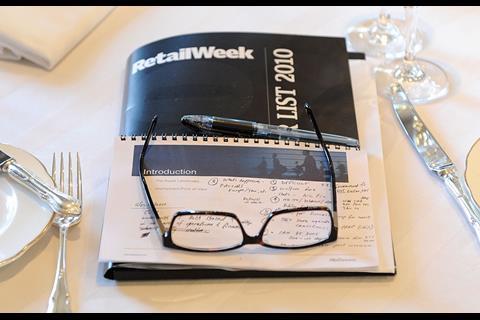




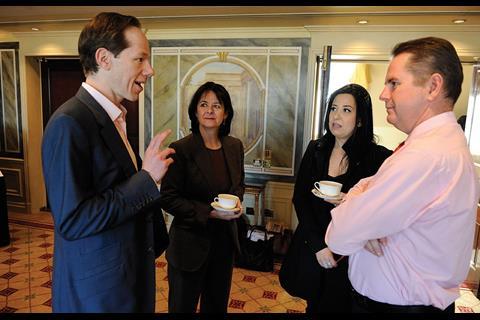
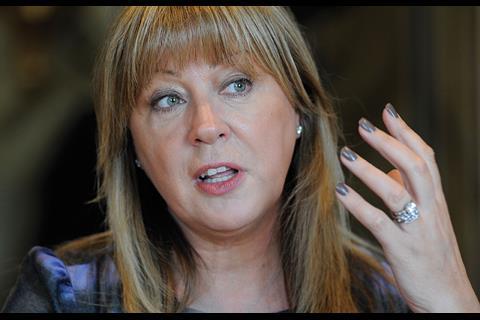

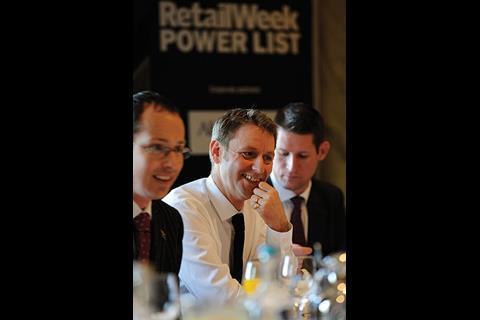

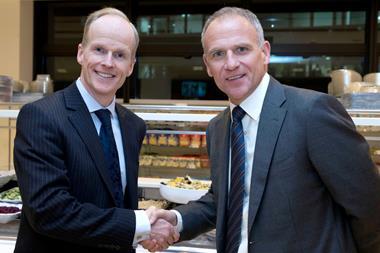
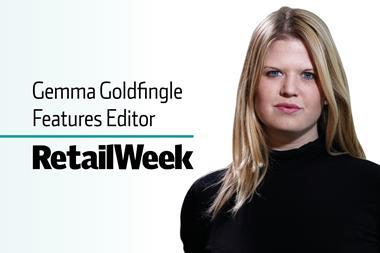

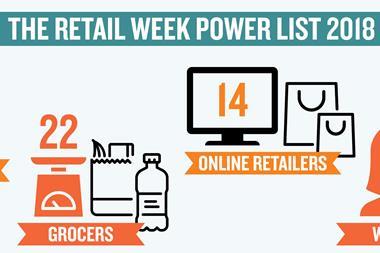
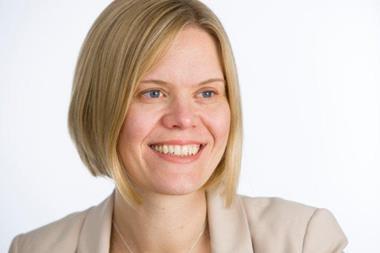
No comments yet